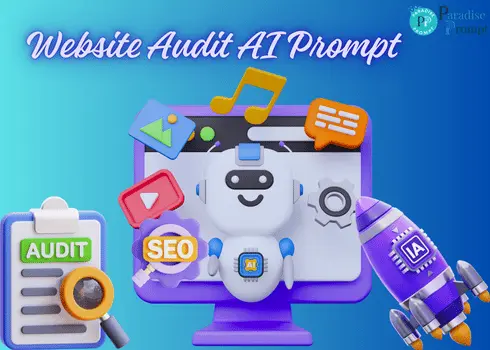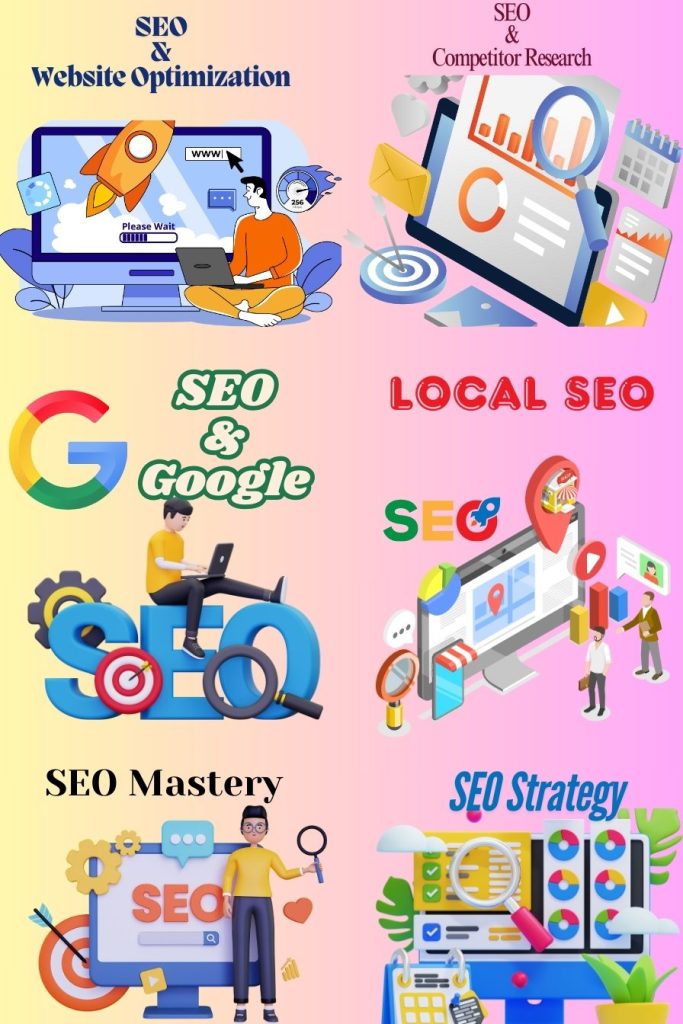Introduction
1-1. The Evolution of AI in Business
AI in business has undergone a dramatic transformation over the years. What started as a concept confined to sci-fi novels is now the backbone of modern enterprises. Think of AI as a young prodigy—it learned, evolved, and is now rewriting the rules of success. Early tools like basic chatbots paved the way for sophisticated AI systems that can analyze massive data in seconds. Today, businesses rely on AI for convenience and survival in an intensely competitive world.
1.2 Importance of AI in Modern Enterprises
Why is AI in business such a game-changer? Imagine running a marathon with jet-propelled sneakers—that’s the ed given to companies. It’s not just about doing things faster; it’s about doing them smarter. AI enables businesses to predict market trends, understand customer behavior, and optimize operations like never before. Without AI, staying competitive in today’s technology marketplace is nearly impossible. It’s the silent partner that turns ambition into achievement.
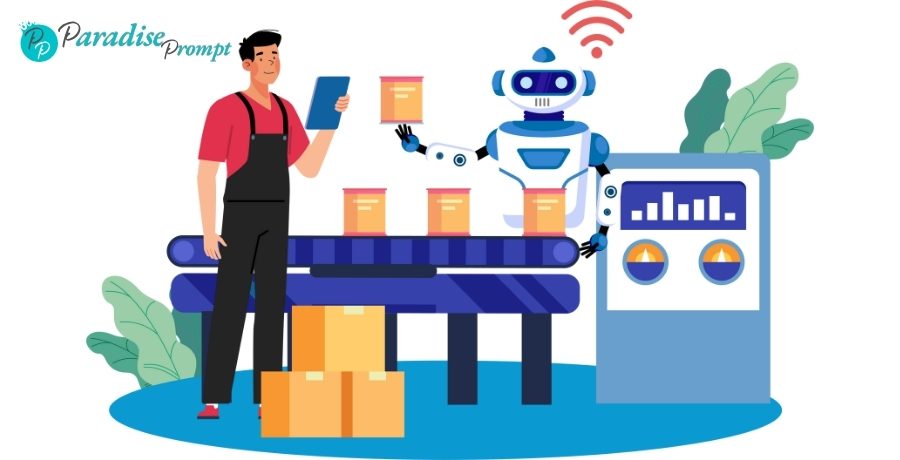
Understanding AI in Business
2-1. Definition of AI in Business
In business, AI refers to leveraging advanced technologies like machine learning, natural language processing, and robotics to solve challenges and create opportunities. It’s like hiring an employee with superhuman abilities who can analyze, predict, and adapt at lightning speed. Whether automating mundane tasks or making critical decisions, AI takes the guesswork out of business strategy. It’s not just a tool; it’s a revolution.
2-2. Core Technologies Driving AI in Business
What makes AI tick? Picture an orchestra playing harmoniously with machine learning, neural networks, and big data. Machine learning allows AI to learn and improve, while neural networks mimic the human brain to process complex problems. Natural language processing makes interacting with AI feel like chatting with a friend. Together, these technologies empower businesses to achieve the unimaginable—like predicting a customer’s next move before they make it.
Historical Overview
3-1. Early Applications of AI
AI’s journey started modestly. In the 1980s, expert systems were the hot new thing, helping companies make rule-based decisions. These early tools were like toddlers taking their first steps—limited but full of potential. They laid the groundwork for today’s AI marvels by proving that machines could mimic human logic. Back then, AI was about curiosity; today, it’s about necessity.
3-2. Evolution Towards Business-Centric AI
As AI matured, its focus shifted from academic experiments to real-world impact. Businesses started using AI for more than just solving puzzles—it became a tool for transformation. Think of AI’s growth as an AI caterpillar turning into a butterfly; it evolved into a powerhouse that could drive business growth. From personalized marketing to supply chain optimization, AI now touches every aspect of the corporate world, making the impossible possible.
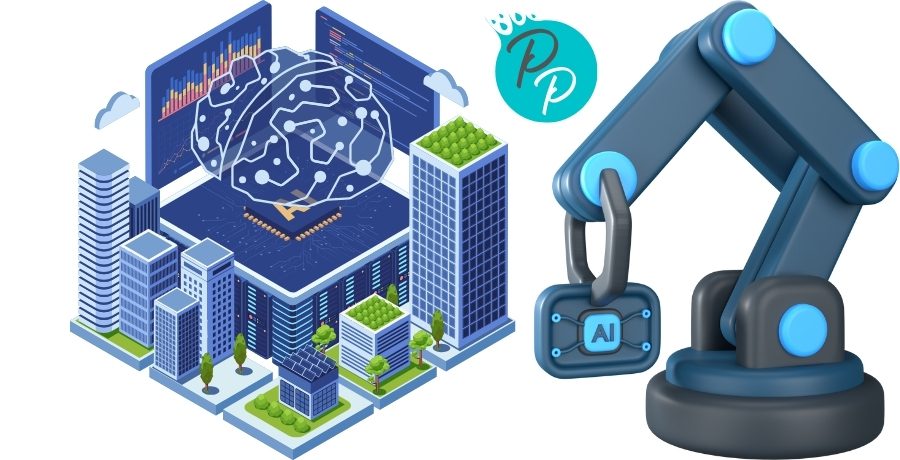
Benefits of AI for Business Growth
4-1. Enhanced Decision-Making
AI in business is like having a crystal ball—but instead of magic, it’s powered by data. It helps companies make informed decisions by analyzing real-time trends, patterns, and behaviors. Imagine navigating a stormy sea without a compass; AI becomes the guiding star, showing businesses the safest and most profitable routes. By eliminating guesswork, it ensures that strategies are precise and impactful. This not only reduces risks but also creates growth opportunities.
4-2. Increased Efficiency
Efficiency is the heartbeat of any successful business, and AI strengthens that heartbeat. By automating repetitive tasks, AI allows employees to focus on more meaningful work—think of it as having a tireless assistant who never needs coffee breaks. AI reduces errors, accelerates processes, and ensures optimal resource utilization. Whether managing inventory or scheduling deliveries, AI takes the heavy lifting out of operations. The result? Faster results, happier teams, and satisfied customers.
4-3. Personalized Customer Experience
Remember the last time a store seemed to know exactly what you wanted? That’s AI working behind the scenes. AI analyzes customer preferences, behaviors, and feedback to deliver highly personalized experiences. It’s like conversing with a friend who knows you better than you know yourself. Businesses use AI to tailor recommendations, improve customer support, and predict what customers need next. This level of personalization turns casual buyers into loyal advocates.
Challenges of Implementing AI in Business
5-1. Data Privacy Concerns
With great power comes great responsibility, and data privacy is one of the biggest challenges in AI. Businesses must ensure that the data fueling AI systems is protected, ethical, and compliant with regulations. Think of it as building a house of cards; one misstep and trust crumbles. Transparency and robust security measures are crucial to gaining and maintaining customer confidence. After all, data is the new oil, but it’s also a minefield if mishandled.
5-2. Integration Costs
Implementing AI in business isn’t just a flick of a switch—it’s a significant investment. From purchasing advanced tools to training employees, the costs can add up quickly. It’s like upgrading a car engine; the initial expense is steep, but the long-term benefits often outweigh the price. Smaller businesses may find this hurdle daunting, but creative funding solutions and scalable AI tools can ease the burden. Intelligent investments pay off in efficiency and growth.
5-3. Workforce Adaptation
Change isn’t always easy, and AI often faces resistance from employees afraid of being replaced. However, the goal isn’t to replace humans but to enhance their capabilities. Imagine giving a painter a new set of brushes—the artistry improves, not the artist. Training and clear communication can help teams embrace AI as a partner, not a competitor. Businesses need to focus on upskilling their workforce and fostering a culture of innovation.
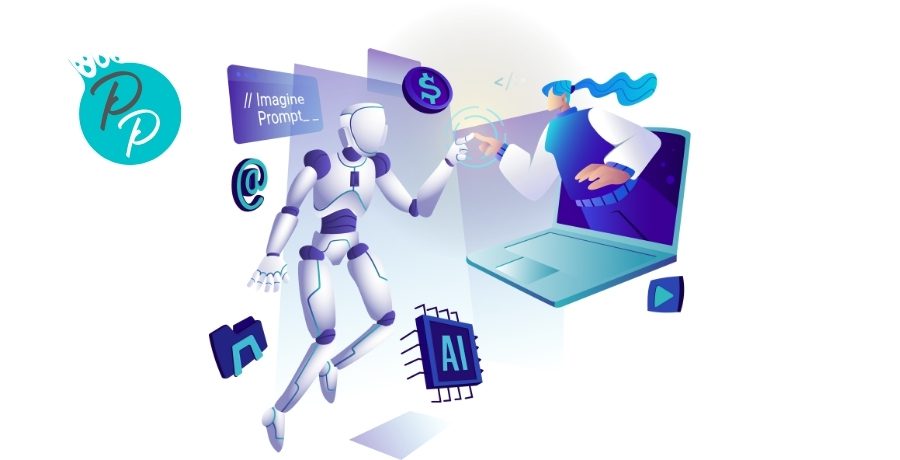
AI-Driven Business Growth Strategies
6-1. Marketing Automation
Marketing without AI feels like throwing darts in the dark. AI-powered tools can segment audiences, optimize campaigns, and predict customer responses accurately. Think of it as having a marketing genius in your pocket, handling everything from email personalization to ad targeting. This level of precision doesn’t just save time; it also boosts ROI. Businesses can reach the right audience at the right time, making every campaign a hit.
6-2. Predictive Analytics
Wouldn’t it be fantastic if you could foresee market trends or customer needs before they happen? Predictive analytics turns this dream into reality. By analyzing historical data, AI identifies patterns and makes accurate predictions. It’s like playing chess with a grandmaster who knows your every move—except this time, you’re the one holding the advantage. Businesses use predictive analytics to forecast sales, plan inventory, and prevent potential issues.
6-3. Supply Chain Optimization
Supply chains are the lifelines of any business, and AI ensures they run smoothly. Imagine a conductor managing a symphony; AI orchestrates every element, from procurement to delivery, ensuring everything works harmoniously. AI can predict delays, optimize routes, and reduce costs by analyzing real-time data. This agility keeps businesses ahead of the competition and ensures customers get their products on time, every time.
Case Studies: AI in Action
7-1. AI in E-commerce
AI in e-commerce is like having a personal shopper for every customer. Platforms use AI to analyze browsing history, preferences, and past purchases, creating tailored recommendations that feel almost psychic. AI-powered chatbots provide instant assistance, while dynamic pricing ensures the best deals. AI also optimizes inventory management, reducing waste and ensuring popular items stay in stock. With these innovations, businesses can enhance customer satisfaction and drive repeat sales.
7-2. AI in Healthcare
In healthcare, AI is a lifesaver—literally. It’s transforming diagnostics by identifying diseases faster and more accurately than traditional methods. Picture a doctor with X-ray vision; AI analyzes medical images and flags anomalies in seconds. AI-powered tools also streamline administrative tasks, allowing healthcare professionals to focus on patient care. From personalized treatment plans to virtual health assistants, AI is making healthcare more efficient, accessible, and effective.
7-3. AI in Financial Services
AI in financial services acts like a vigilant guardian, detecting fraud and preventing financial mishaps. It monitors real-time transactions, identifying suspicious activities faster than any human could. AI also powers robo-advisors, offering personalized investment advice and portfolio management. It simplifies loan approvals by assessing creditworthiness in minutes. With these advancements, AI ensures security, efficiency, and customer satisfaction in a highly regulated industry.
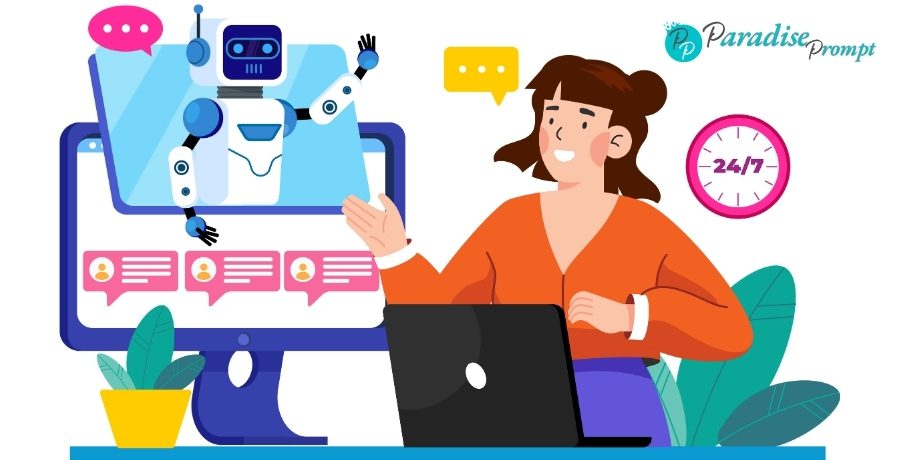
Ethical and Social Implications
8-1. Bias and Fairness
AI is only as unbiased as the data it’s trained on, which can be slippery slope. If the data contains prejudice, the AI can mirror and amplify it. Imagine a mirror that reflects society’s flaws instead of fixing them—that’s the risk we face. To address this, developers must prioritize diverse data sets and rigorous testing. Building fair AI isn’t just about technology but ethics and accountability.
8-2. The Role of Transparency
AI systems often operate like black boxes, making decisions without explaining their logic. This lack of transparency can erode trust. Picture being handed a verdict with no explanation—how would you feel? Businesses must embrace explainable AI, where decisions are clear and understandable. Transparency builds trust and ensures that AI is a tool for empowerment, not confusion.
8-3. Impact on Employment
AI’s impact on jobs sparks heated debates. While some fear job losses, the reality is more nuanced. Think of AI as a tool that shifts the workforce, not eliminates it. Automating repetitive tasks frees employees to focus on creative and strategic work. However, reskilling programs are essential to prepare workers for this transition. In the long run, AI creates opportunities for innovation and growth.
Future Trends of AI in Business
9-1. AI-Driven Innovation
The future of AI in business is nothing short of exhilarating. Imagine autonomous cars delivering goods or AI designing products based on customer needs—these aren’t just ideas but emerging realities. Businesses are using AI to develop cutting-edge solutions that redefine industries. This innovation isn’t just about efficiency; it’s about reshaping how we live and work. With AI, the possibilities are as vast as our imagination.
9-2. AI and IoT Integration
The marriage of AI and IoT (Internet of Things) is like pairing a brain with a nervous system—a match made in tech heaven. IoT devices generate massive amounts of data, and AI processes it to make intelligent decisions. Think of a smart home that adjusts the thermostat, dims the lights, and orders groceries—all without you lifting a finger. This integration is set to revolutionize industries from agriculture to urban planning.
9-3. Advances in Machine Learning
Machine learning is the engine powering AI’s rapid evolution. Every new algorithm is like teaching AI a new trick, making it more intelligent and adaptable. The advancements are staggering, from unsupervised learning that uncovers hidden patterns to reinforcement learning that mimics human trial-and-error. These innovations enable AI to tackle complex challenges, opening doors to solutions we never thought possible. The future of machine learning is bright and boundless.

Conclusion
AI in business is more than a tool; it’s a game-changer, a visionary partner transforming industries in ways we once thought impossible. From driving smarter decisions to creating highly personalized customer experiences, AI empowers businesses to stay competitive and innovative. It’s like having a superpower that enables companies to navigate the complexities of modern markets with ease and confidence.
However, the journey to integrating AI isn’t without its challenges. Data privacy, integration costs, and workforce adaptation require thoughtful strategies and responsible implementation. It’s a reminder that while AI offers incredible potential, its success depends on how we wield it. Businesses that balance innovation with ethical considerations are poised to lead the charge.
Looking ahead, the future of AI in business is dazzling. With advancements in machine learning, IoT integration, and AI-driven innovation, the opportunities are as vast as they are exciting. Companies that embrace these technologies today will shape the industries of tomorrow, creating new benchmarks for growth and success.
AI isn’t just the future of business—it’s the present, reshaping how we think, act, and achieve. As we continue this journey, one thing is clear: the companies that master AI will not just thrive; they’ll redefine the game entirely. The only question left is: How will you harness this transformative force?
FAQs
- What is AI in business?
AI in business involves using advanced technologies like machine learning to enhance operations and foster growth.
- How does AI drive business growth?
By streamlining processes, enhancing decision-making, and personalizing customer experiences.
- What are the challenges of implementing AI?
Key challenges include data privacy concerns, high costs, and workforce adaptation.
- What industries benefit most from AI?
Industries like healthcare, e-commerce, and finance see significant gains.
- What does the future hold for AI in business?
Expect greater integration with IoT, improved machine learning, and groundbreaking innovations.


